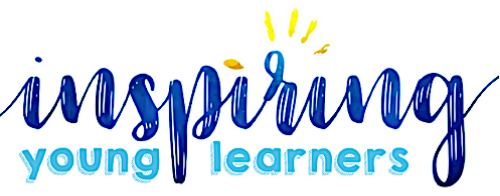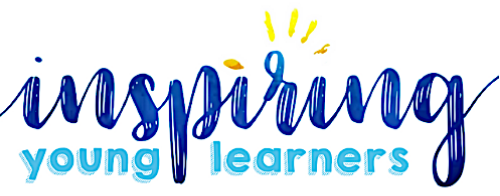Navigating the complex landscape of co-teaching, especially when working with ELLs, can present unique challenges for educators.
However, by embracing proven strategies and avoiding common pitfalls, teachers can avoid the frustration and thrive in their collaborative teams, working together to best support their students. In episode 122 of the Equipping ELLs podcast, we explore the essential dos and don’ts of co-teaching for teachers of ELLs, drawing upon the foundational principles outlined in Collaboration and Co-Teaching: Strategies for English Learners by Andrea Honigsfeld and Maria G. Dove.
Tune in to the episode to hear a practical set of dos and don’ts for each of these key areas!
The Foundation of Co-Teaching Co-teaching thrives on mutual respect, clear communication, and shared objectives. Avoid assuming roles without discussion and celebrate each other’s strengths. Establish a co-teaching agreement outlining roles, expectations, and communication strategies to create a positive classroom environment.
Planning Together Effective co-teaching requires careful planning that integrates language goals and considers the unique needs of ELLs. Utilize backward design to craft lessons that support both language and content objectives. Don’t neglect the input of EL specialists, and remember to incorporate cultural backgrounds and prior knowledge into lesson planning. Most importantly, Beth explains the importance of the pre-planning that should take place before your team meeting!
Instructional Strategies Diversify instructional methods to support language development, including visual aids, interactive activities, and and great co-teaching models. Avoid over-reliance on traditional lectures and embrace strategies that cater to diverse learning styles and language proficiency levels.
Assessment and Reflection Assessment is key to understanding ELL progress. Utilize formative assessments to monitor growth and adjust teaching strategies accordingly. Incorporate alternative assessments, such as portfolios or project-based assessments, to provide varied opportunities for demonstrating understanding and skills.
Navigating Challenges Co-teaching partnerships inevitably face challenges. Schedule regular co-planning meetings to address issues constructively and develop conflict resolution strategies. Don’t let administrative tasks overshadow discussions about teaching and learning, and prioritize collaboration over competition.
By implementing the dos and avoiding the don’ts of co-teaching, teachers can foster an environment where English language learners thrive. Equipping ELLs with the support and guidance they need ensures that every student can reach their full potential in the classroom. Embrace collaboration, celebrate diversity, and watch as your co-teaching journey transforms student learning outcomes.
Click the player above to hear the full episode! Until next time, keep empowering and equipping your students for success!
Resources:
- Join the Equipping ELLs Membership (We have everything you need for your school year!)
- Shop our TpT Store for Hundreds of ELL Resources
Connect with Beth:
More about Equipping ELLs:
We all know that teaching isn’t easy, but it doesn’t have to be this hard. Equipping ELLs is a podcast for both ESL specialists and homeroom teachers who are looking for effective and engaging ways to support their English Language Learners without adding to their endless to-do list. Tune in each week to hear tips, strategies, and inspirational stories that will empower you to better reach your ELL students, equip them with life-long skills, and strengthen relationships with colleagues and parents.
Your host, Beth Vaucher, is the founder of Inspiring Young Learners. She is an ESL certified homeroom teacher with over 10 years of experience teaching in the US and internationally. Her background of M.Ed in ESL and Curriculum and Instruction combined with her experience has led her to develop a bestselling newcomer curriculum that has sold in over 90 countries around the globe. She brings a different perspective to teaching ELLs from her years teaching and living abroad and working with ELLs from around the world. You will walk away from each episode with the ideas and tools you need to transform your experience as a teacher and cultivate a thriving and welcoming environment for your ELL students.



